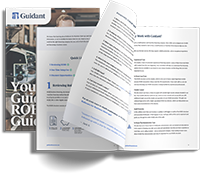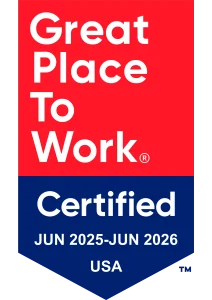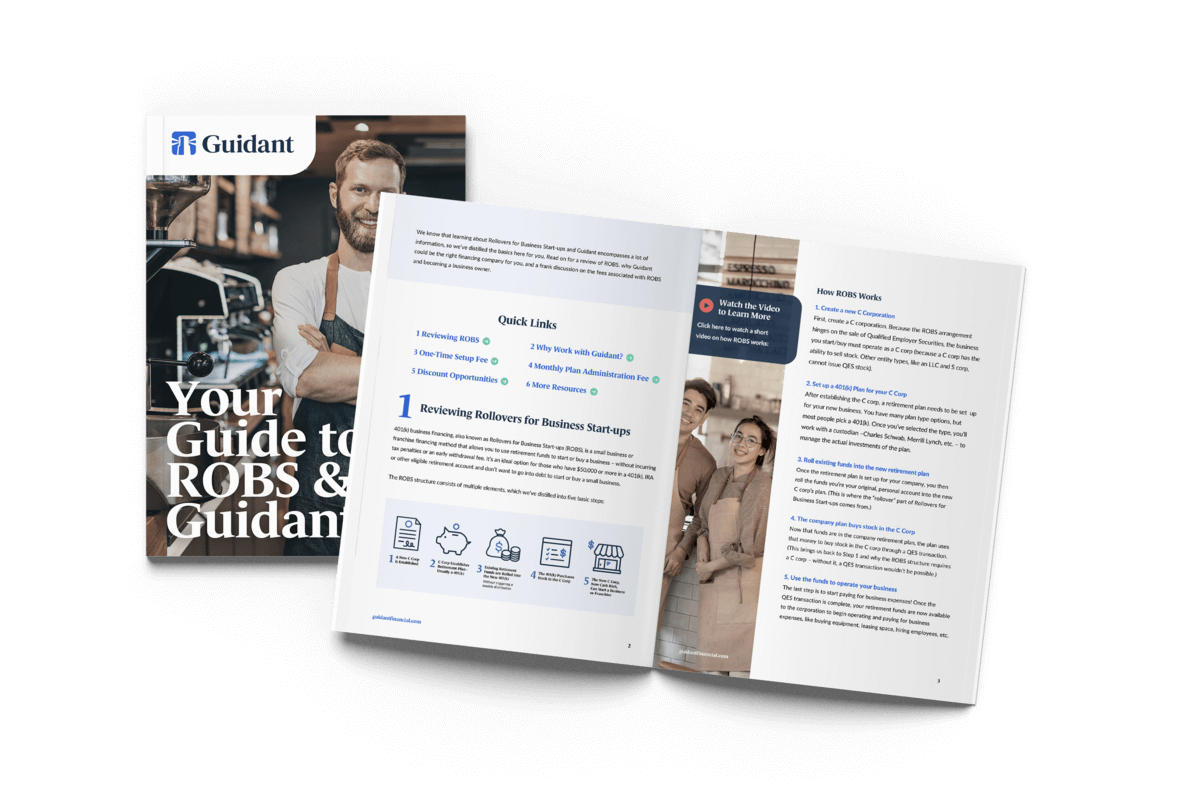As an entrepreneur, finding the perfect work-life balance is akin to finding a unicorn. Advances in technology make it difficult to separate work and home life as we are constantly connected. Childcare costs are high, but often a necessity for younger children. Taking care of your physical health and mental health often gets pushed to the back burner, even when they deserve a spot in the front.
Challenging though it may be, there are tricks to finding harmony between the office and home that don’t involve sacrificing your personal, family, or professional life. In fact, newer ideas such as work-life integration are replacing the aforementioned work-life balance. With work-life integration, the goal is to eliminate the competition between work and life, and instead help the two occur together in harmony, according to this UC Berkeley article.
Besides work-life integration, newer work trends emerged in the last couple of years too, in part due to the pandemic. Flexible work hours and hybrid work are just two of the top work trends today. The goal is to figure out how to devise a healthy work-life integration that’s in harmony with your family life and leaves time for personal leisure activities. Fortunately, we can help you get there.
Love What You Do
It may seem obvious, but do your best to enjoy either the day-to-day tasks of your work, the issue your job ultimately serves, or both! Finding passion in your work makes any job more exciting and fulfilling. Doing a job that brings you joy will keep you devoted throughout even the most menial tasks.
Get Your Loved Ones on Board
Second, make sure your family is on board with what you do. If you need to take time away from your family to do your job or build a business, they’ll be more supportive if they share your goals. Start an honest and open work-life integration conversation about the time you expect to be dedicated to your job and away from home (mentally OR physically).
No matter what your job is, if you’re passionate about it, chances are your family will support you. That said, make sure you respect the needs of all parties. If you have a dependent child, you may need to work toward some kind of compromise. Proper child care and ensuring your significant other doesn’t burn out are equally important. The risk of burnout for caregivers is real. Handling parenting and household responsibilities alone is rough. And your family is forever—for most Americans, the job is not.
So know when to put the work away. Put boundaries in place for yourself so you can avoid work-home conflicts and strained family relationships. Know when to focus on life outside of the office. That’s a key step in achieving work-life integration.
Remember, your personal responsibilities to your family relationship are paramount, so even though your family may have signed off on your work endeavors, show up for them in your daily life and when they need you.
Take Care of Yourself
Personal care and exercise are two small ways to stay grounded, happy and healthy, as well. In fact, researchers at Stanford University have identified how exercise changes your body at a molecular level, so take that break and get walking — it truly does your mind and body good.
Finding time for self-care is also a significant, yet overlooked necessity. Exercise not only improves your physical condition, but it’s also imperative for maintaining mental fitness and reducing stress. As easy as it is to skip the gym, your professional life will reap the benefits of a quick thirty minutes on the treadmill.
In fact, the mental health benefits of exercise are numerous and proven, from better sleep to less anxiety and depression. The quality of leisure time matters, too so make sure to choose activities you enjoy. To schedule time for these healthy activities such as exercise and healthy eating, you can use digital calendar.
Meditation is another way to combat stress. It activates the body’s natural relaxation response. Tactics include focusing on breathing, performing visualization, and listening to calming music. Personal activities that also activate this may include painting, drawing, cooking, or baking. All of these activities are not terribly time-consuming and assist in promoting your overall well-being.
Know when to unplug. If you’re “relaxing” on the couch with a good book or playing catch with your daughter, you shouldn’t have your phone in your hand. Answering emails from the dinner table is distracting and takes away from time spent with your loved ones — not to mention sparking work-family conflict. Make sure your quality time is actually high quality.
If you’re the boss, these things are especially true. Being the boss means making choices. If an important client meeting cuts into personal time, that’s your decision to make. Only you know what a healthy work-life balance looks like. However, if you need a break, you can make vacation your priority. Not only will you feel more stable, but your employees will have the support of a leader who understands prioritizing needs and achieving work-life integration. They’ll also feel comfortable taking care of their personal lives.
Surround Yourself With Stellar Coworkers
Spending time with a team of hard-working and equally passionate individuals (who you actually enjoy working with) is a crucial step in finding work-life integration. As important as it is to be passionate about what you do, it’s also important to like the people you work with. Officevibe.com even reports that having friends at work has a positive correlation with your mental health. Unfortunately, the opposite is true, too – adverse relationships with negative coworkers can cause poor mental health and stress that can even get pushed onto your personal life.
Now that you know the importance of quality coworkers, don’t be afraid to delegate tasks. That’s what the team is there for. In fact, delegation is one of the top business skills you can cultivate. Remember, your greatest asset is yourself.
Trusted employees and colleagues can offer support as sounding boards and problem-solvers. No one person can do everything alone, so lean on the people you trust. This is just another step in the goal of achieving better work-life integration.
Embrace Scheduling and Accountability
At a fundamental level, work-life conflict is usually a scheduling conflict. We can eliminate a lot of the tension by finding a scheduling and accountability solution that works for you.
Time management comes down to three things: tracking your tasks, scheduling tasks, and managing your motivators.
Tracking Tasks
Tracking your tasks is relatively straightforward. Keeping track of your tasks in one consolidated place, whether it be physical or digital, is the key.
Scheduling Tasks
Now that all your tasks are in one place, make time to schedule them out. This is especially important! In 2019, a study showed that students struggle not because they aren’t able to manage their time efficiently, but because they don’t apply those time management skills to the long-term. Get your tasks into a calendar, friend!
Managing Motivators
People are motivated by a mix of internal or external factors. Some are motivated by both, some by only one, and others by neither. Knowing what motivates you is essential to keeping the right motivators in your life. If you’d like to find out what motivates you, you can take a free quiz by author Gretchen Rubin.
If you really struggle with one part of this puzzle, consider getting help from a virtual assistant. They’re not just for CEOs or executives anymore — many people are using them. If you’d like one for your personal life, you can find individual assistants at affordable prices on any online labor marketplace like Fiverr or Upwork. If you’re looking for a VA to assist at work, a specialty business like Doxa7 is probably more your style.
It’s important to keep in mind that time management is a skill. It takes practice to be good at, especially if it’s not really in your nature. To learn more, keep your eyes peeled for our upcoming deep-dive into time management.
Keep Practicing
Whether you call it work-life balance or work-life integration, the key is finding what is healthy for you, your family, and your business. Don’t skimp on personal care and leisure care, too — both can go a long way towards helping you feel your best and function at your highest level. Finally, don’t be afraid to lean on your support systems both at home and at the office. No one person can do everything on their own, and they are there for you. Work-life integration is well within your reach if you follow these tips. We wish you all the best on your journey!


















